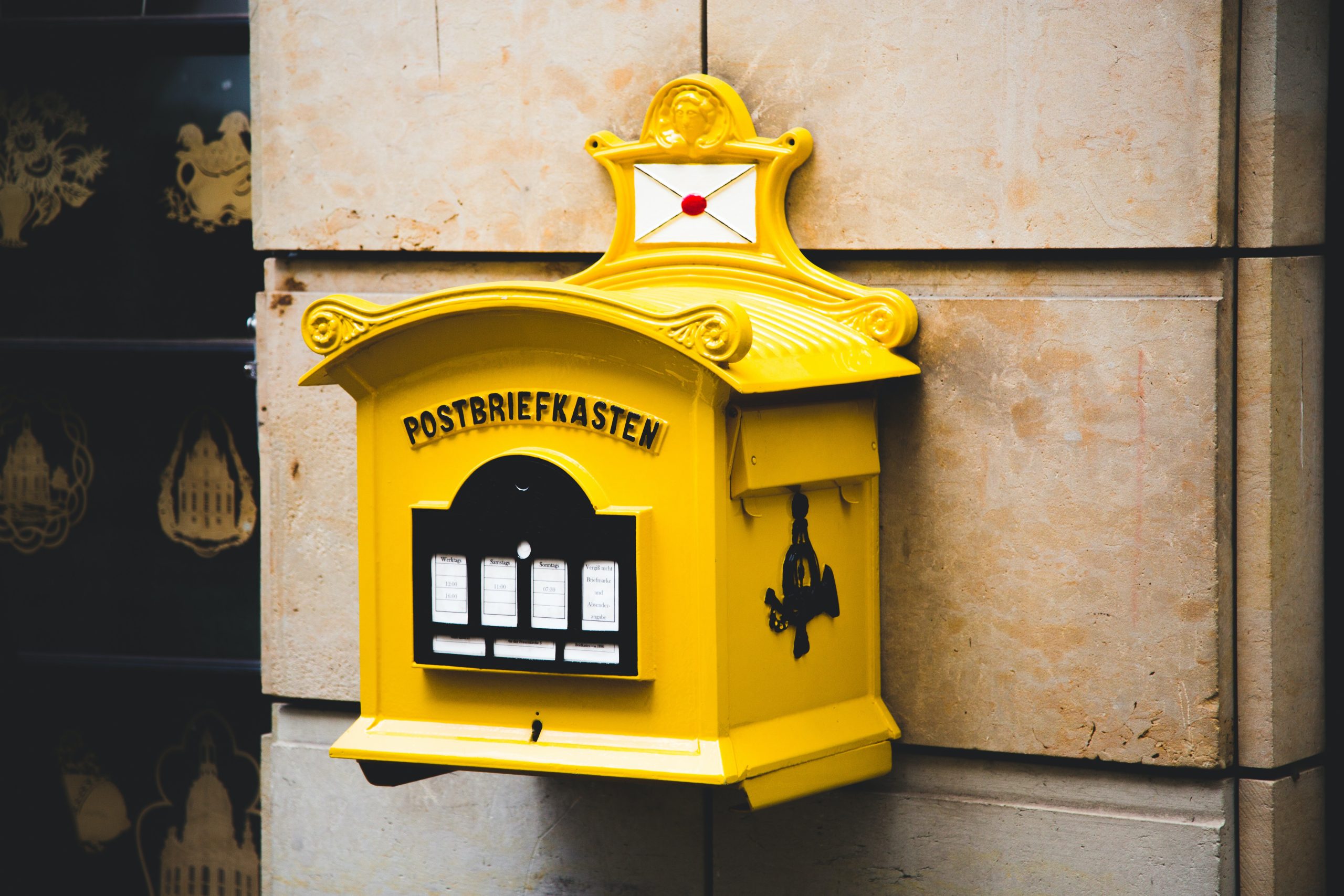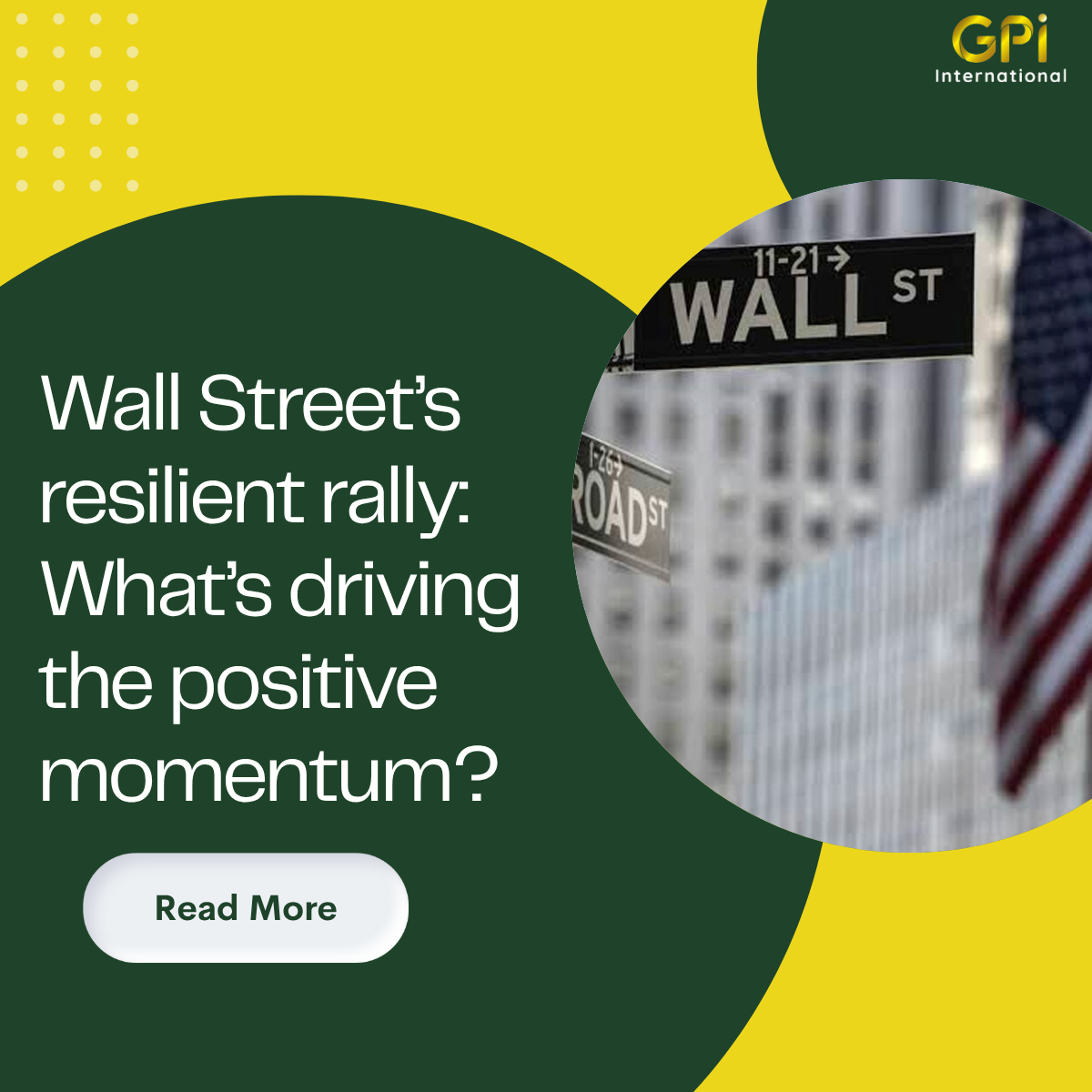Blockchain and the financial sector: What’s the opportunity?
In recent years, blockchain technology has moved beyond the world of cryptocurrency and into the spotlight of innovation across industries. But what exactly is blockchain, and why are so many businesses investing in it?
At its core, blockchain is a digital ledger — a way of recording and storing information — that’s:
- Decentralised: no single company or government controls it
- Distributed: the same data is stored across many computers (or “nodes”)
- Secure: it’s incredibly difficult to change past data without everyone agreeing
Information is stored in units called blocks, which are connected (or “chained”) in a specific order. Each block contains a unique digital fingerprint (called a hash), a timestamp, and transaction data — plus a link to the block before it. This structure makes the system transparent and highly resistant to tampering.
Blockchain was first created in 2008 by the mysterious figure Satoshi Nakamoto, who designed it to power Bitcoin — the first digital currency that didn’t rely on banks or central authorities. So, how does it work? Whenever a transaction takes place, it’s verified by the network and grouped into a new block. That block is added to the chain only after all participants agree it’s valid — a process known as consensus. Because each block is linked to the one before it, changing any record would require rewriting the entire chain — a task that would demand massive computing power and agreement from the majority of the network. That’s what makes blockchain so secure.
There are several real-world uses of blockchain. Although it started with Bitcoin, blockchain is now being developed for many exciting uses:
- Payments & Money Transfers: Blockchain allows instant, low-cost transactions without banks or third parties.
- Supply Chain Management: Businesses can track products in real time — from manufacturing to delivery — improving quality control and reducing losses.
- Digital Identity: Projects like Microsoft’s decentralised ID system are giving users more control over their personal data.
- Data Sharing Across Industries: Blockchain can securely move sensitive data between organisations without needing a central database.
- Copyright & Royalties: Artists and developers can use blockchain to protect their work and receive automatic, transparent royalty payments.
- Internet of Things (IoT): Blockchain helps manage smart devices by verifying their identity and activity across networks.
- Healthcare: Hospitals and researchers are using blockchain to handle electronic health records and clinical trial data, with built-in privacy protections.
Not only that but blockchain offers several benefits over traditional databases:
- Faster transactions: Settlement in minutes, not days.
- Lower costs: Fewer middlemen and less oversight needed.
- Stronger security: Resistant to hacking, fraud, and manipulation.
Let’s now talk about the building blocks of blockchain. There are four key concepts every blockchain system is built around:
- Shared Ledger: A common, append-only record of transactions shared across the network.
- Permissions: Control who can see or change data, helping meet privacy regulations like GDPR.
- Smart Contracts: Automatic rules or agreements that run when conditions are met.
- Consensus: Agreement among all users before data can be added to the chain.
While blockchain is considered very secure, it’s not 100% perfect. There’s a specific type of attack called a 51% attack. This happens when someone controls more than half (51%) of the entire network’s computing power. If that happens, they could cheat the system — for example, by changing records or spending the same money twice (called “double spending”). This kind of attack is very difficult and expensive, especially on big public blockchains like Bitcoin — but it’s still theoretically possible. To reduce this risk, some companies use private blockchains. These are invitation-only networks, where only approved and trusted participants can join. That way, it’s easier to control who’s on the network and make it even more secure.
In conclusion, blockchain is more than just the backbone of Bitcoin. It’s a new way of recording, verifying, and securing data. From finance and healthcare to logistics and entertainment, its potential is vast. As adoption grows, businesses that understand and embrace this technology may find themselves at the forefront of the next digital revolution.






